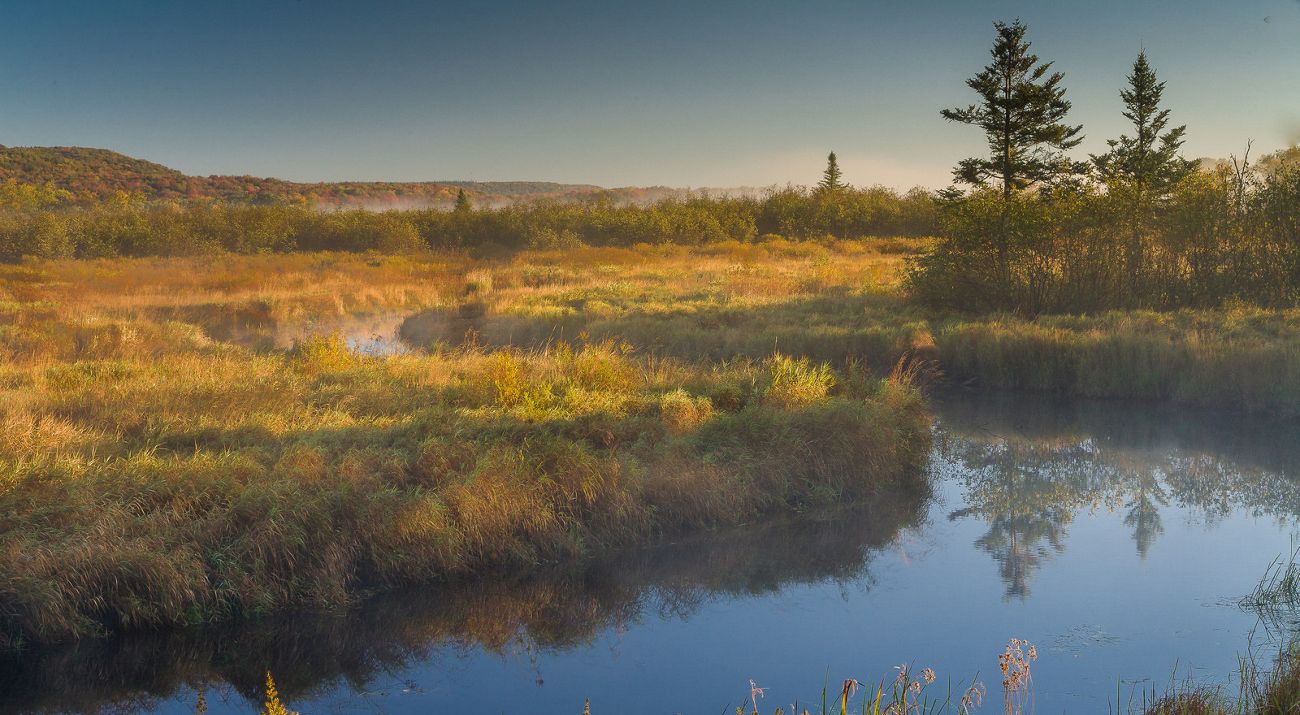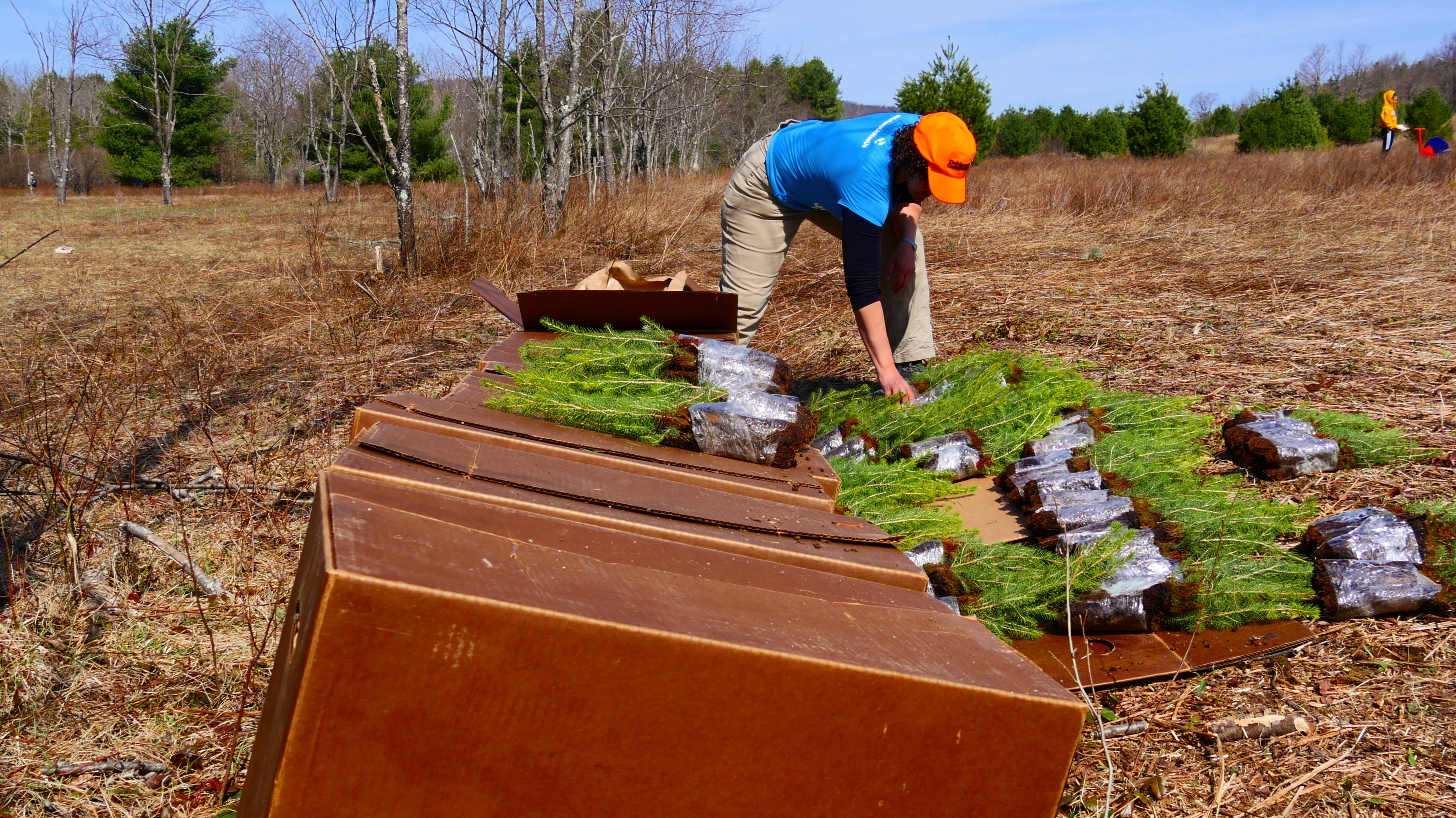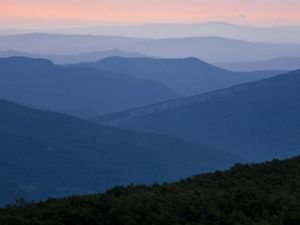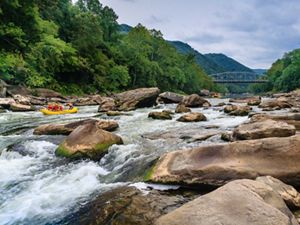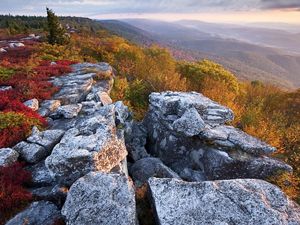Restoring a Spruce Forest
West Virginia's conservation and lands team continue to plant thousands of trees across the state.
This page was updated on January 7, 2021.
Home to 240 rare plant and animal species, red spruce forests once covered the rocky peaks of West Virginia’s high country but were decimated by logging in the late 1800s and early 1900s.
“Today, only about 55,000 of the original nearly 1,000,000 acres of spruce remain,” says Mike Powell, director of lands for The Nature Conservancy in West Virginia.
Each year, TNC leads or assists restoration plantings of over a hundred thousand trees, in addition to other landscape efforts to restore red spruce throughout its historic range. In addition, TNC employees, contractors and Central Appalachian Spruce Restoration Initiative (CASRI) partners continue to plant red spruce seedlings and treat thousands of acres for non-native invasive species.
2019 Restoration Projects
-
Cranesville Swamp
Working to restore the native conifer forests that help regulate temperature and maintain the “frost-pocket” effect that creates suitable habitat for species such as red spruce. Explore Cranesville Swamp
-
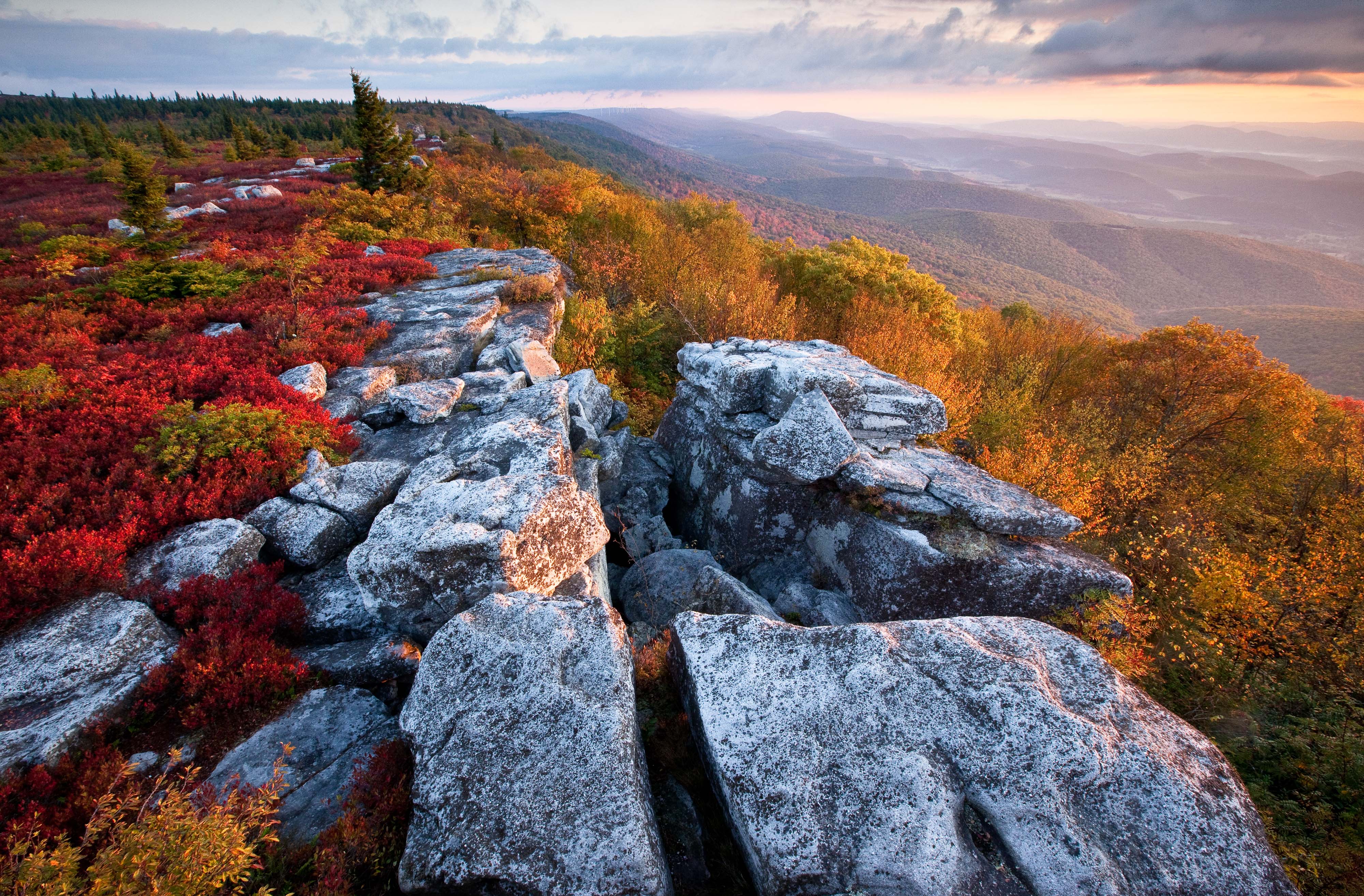
Allegheny Front Preserve
Ensure one of the most important pinch points for landscape connectivity in the Central Appalachians remains intact. Explore Allegheny Front
-
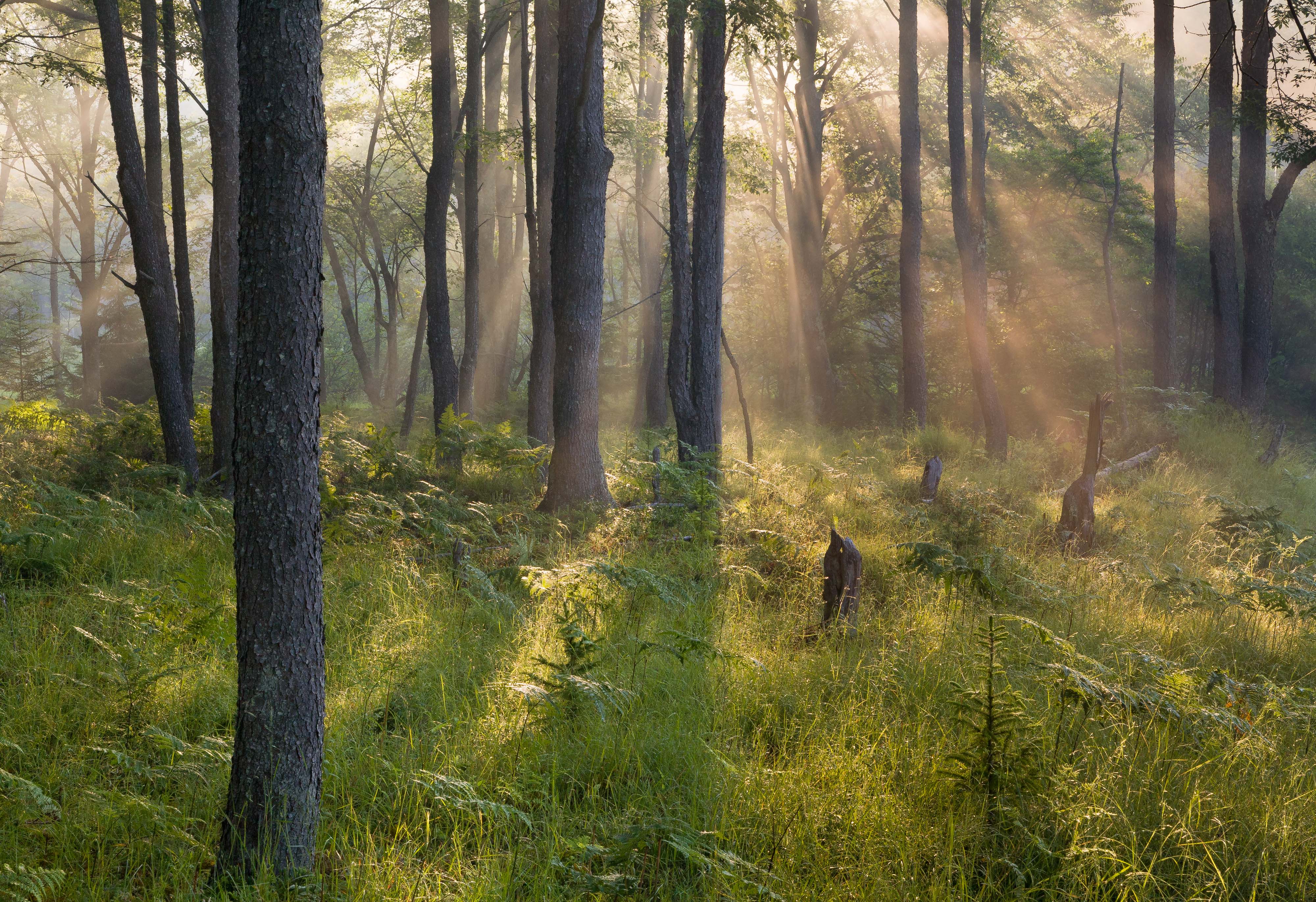
Canaan Valley
Planting Canaan balsam fir and red spruce, which will help restore areas to native conifer species that have been slow to regenerate naturally. Explore Canaan Valley
-
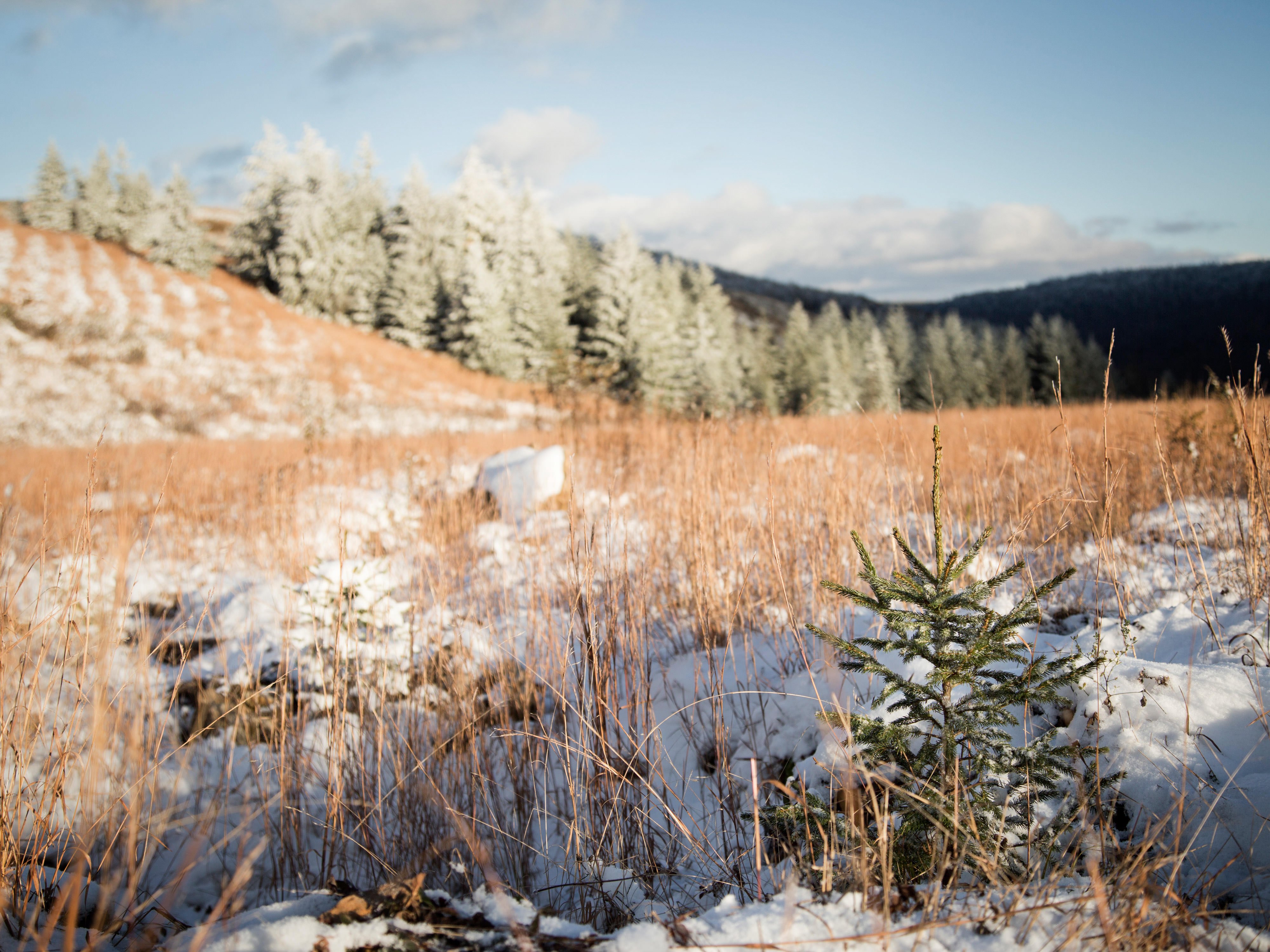
Cheat Mountain
Increasing restoration efforts at the Mower Tract by providing funds to plant up to 50,000 red spruce seedlings on areas disturbed by strip mining. Explore Cheat Mountain
-
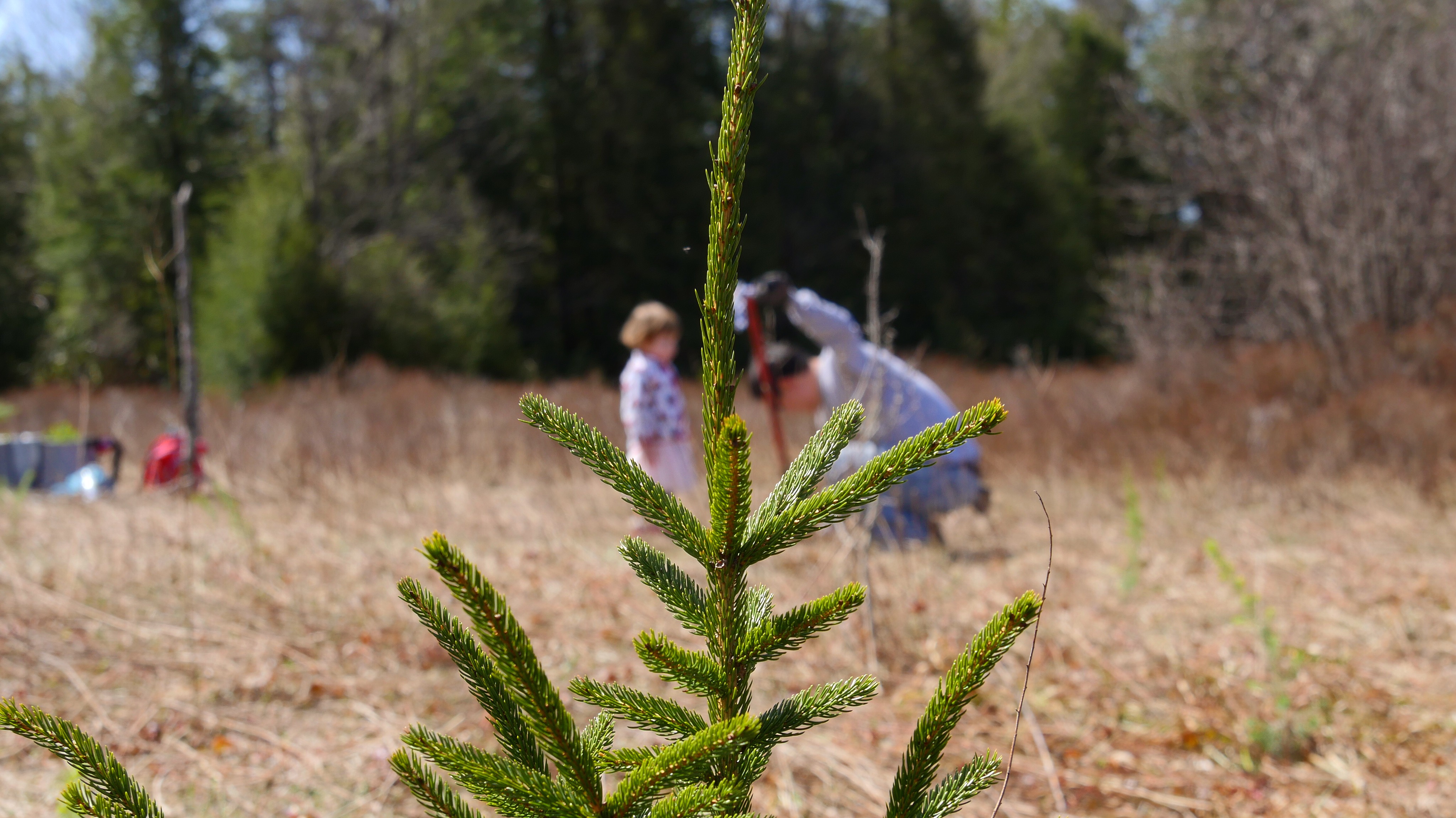
Sharp's Knob
TNC will provide spruce and associated hardwood seedlings to the Marlinton-White Sulfur Ranger District of the Monongahela National Forest, as well as the funds to plant them.
Working to Restore Red Spruce a Scale that Matters
“Today’s challenges, like climate change, large-scale land use changes and invasive species, mean that we need to think about conserving and restoring lands and waters at a much larger scale if we want our work to stand the test of time,” says Thomas Minney, executive director of The Nature Conservancy in West Virginia.
TNC is one of the leaders of two region-wide partnerships that aim to do just that—the Central Appalachians Spruce Restoration Initiative (CASRI) and the Potomac Highlands Cooperative Weed and Pest Management Area (PHCWPMA).
Each year, TNC plans and coordinates the Conservancy’s on-the-ground contributions to both of those partnerships. Although the initiatives operate in very different ways, they have similar goals.
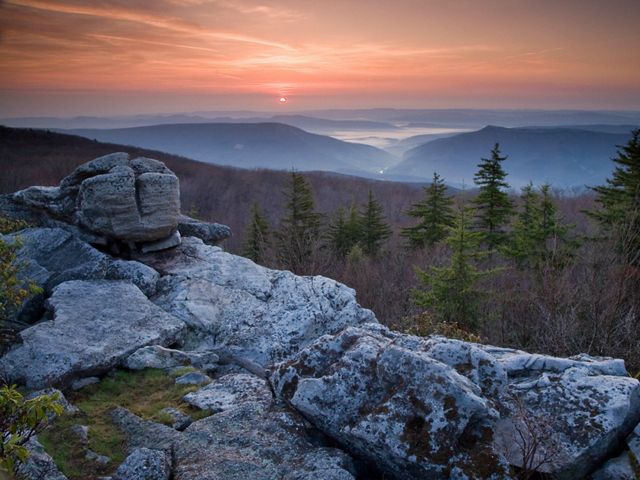
Ultimately, TNC and partners are looking to restore the ecosystem so that it functions in a way that best supports people and nature. Whether that’s through the removal of invasive species, by planting spruce trees, or a combination thereof really depends on the site and the role it plays in the larger landscape that is being restored.
The Potomac Highlands, an area valued for its incredible biodiversity and recreational opportunities, has been hit hard by invasive species. Since 2011, a field crew has been deployed to keep the problem at bay, from tackling infestations of Japanese knotweed along Seneca Creek—a popular trout fishing destination where riverbanks are being choked by the invasive—to educating private landowners in Grant and Pendleton Counties and more.
“By managing invasive species in these targeted areas, we’re not only allowing native species to once again thrive, but also protecting some of the most beloved parts of the state,” Powell says.
Spruce Forests of West Virginia




Giving Mother Nature a Nudge
CASRI serves as a primary example of a project with regional scope—partners have a common goal of restoring historic red spruce and northern hardwoods across the high-elevation landscapes of Central Appalachia. Situated in the heart of this region, West Virginia serves as ground zero for many of the projects that have taken place since the group’s inception in 2009.
“It’s incredible how many trees have been planted so far,” Powell says, "but plantings are just one component.”
Other on-the-ground activities, such as tree thinning, also are helping to give Mother Nature a nudge, and providing opportunities for spruce to once again flourish in places it would have historically. Since 2015, over 3,000 acres of spruce habitat has been created, allowing the spruce trees to grow into the forest canopy and begin producing seeds.
“Cheat Mountain, Canaan Valley, Mount Porte Crayon, Pharis Knob, Spruce Knob…CASRI’s work has touched down in all of these iconic areas,” Powell says.
Minney says he’s uplifted by the motivation of partner organizations and determination of on-the-ground workers like the Conservancy’s field crews.
“It’s impressive to see everyone come together around this common cause and focus on restoration efforts that cross borders to really make a difference—in everyone’s backyards.”
